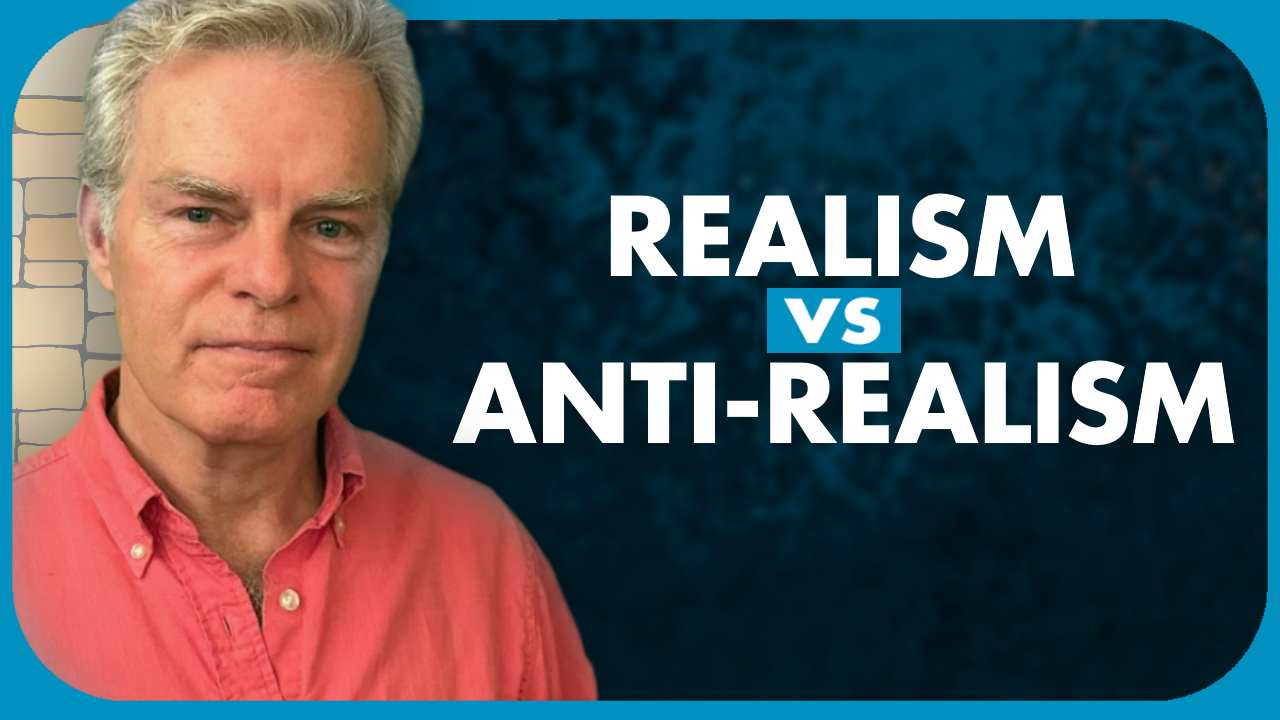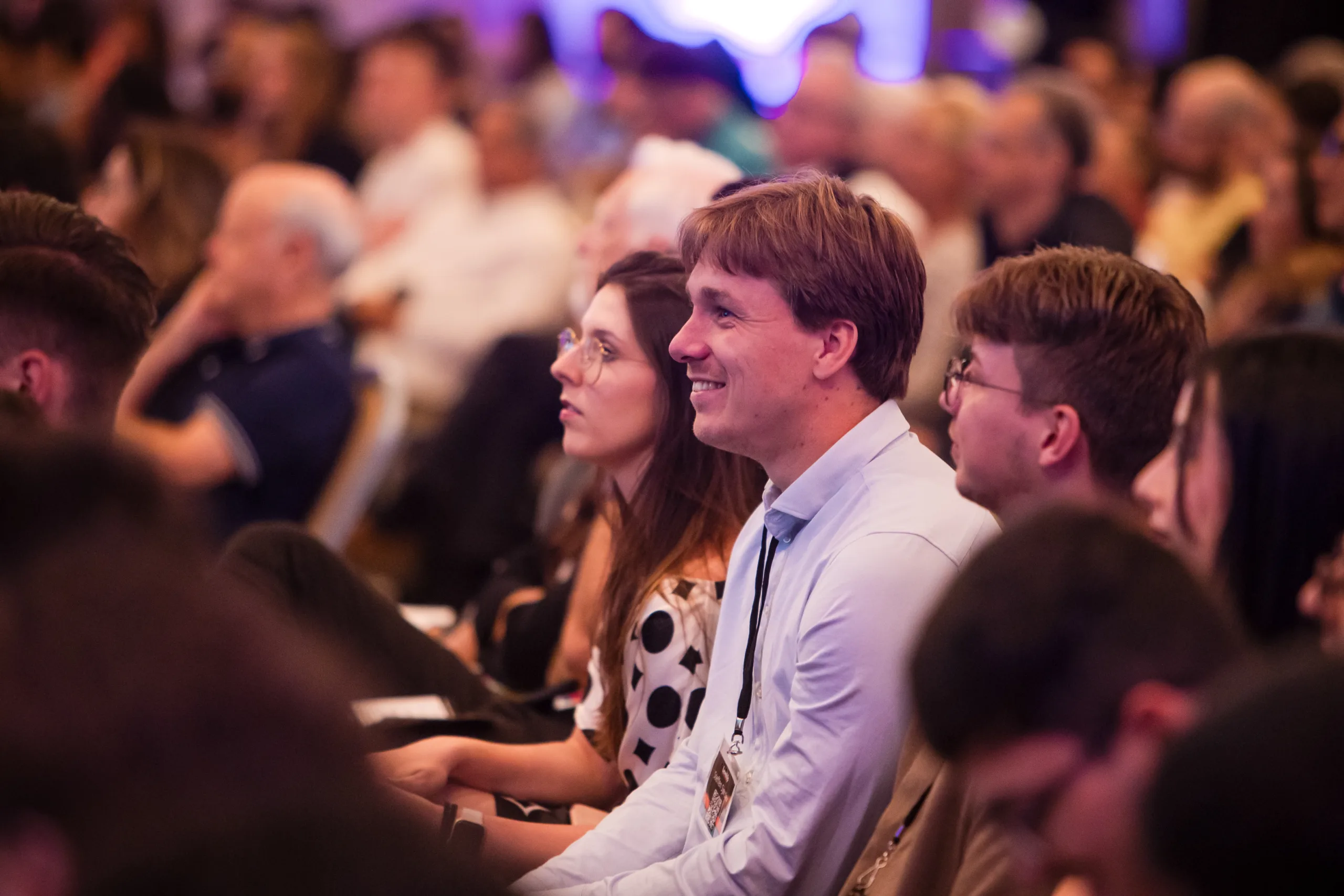Earlier today, one of SpaceX’s innovative new “Starship” spacecraft broke apart while reentering the Earth’s atmosphere during a test flight.
This was the third attempt to launch a Starship, and the first time one has successfully reached outer space. This is a tremendous breakthrough. Starship, if successful, will transform human operations in space. Its fully reusable design, combined with its long range and heavy maximum liftoff weight, will enable Starship to take humans into space further, more cheaply, and with more equipment than ever before. If humans ever settle on the moon or start mining the asteroid belt, it will likely be Starship that makes it possible—there is no other viable design with comparable potential today.
But the fact remains that this mission ended in failure when Starship broke up during reentry. Some see this as a reason to scoff at SpaceX’s innovative new design. “It’s toast!” said one comment during the flight livestream. “A giant leap to nowhere,” said another. These reactions miss a vital point: It is learning from failures like these that have made SpaceX’s designs so much more successful than other launch vehicles in the past. There is a valuable lesson in this: Failure is an essential part of success.
SpaceX executives and founder Elon Musk understand this well. In Musk’s words, “Failure is an option here. If things are not failing, you are not innovating enough.” This is why SpaceX was able to develop the first private reusable launch vehicle, the Falcon 9, and get it flying commercially within fifteen years—a time during which NASA has failed to get a viable replacement for its retired Space Shuttle off the ground. Whereas NASA won’t launch a vehicle until all reasonable risk of failure has been eliminated, SpaceX lets the failures happen, learns from them, and ends up with a better vehicle that’s ready for flight sooner and more affordably.
This latest flight is a great example of that process. In the words of one Spaceflight Now livestream guest, “They accomplished everything they didn’t last time, plus some more.” Thanks to the failures of the first two launches, this flight launched and flew beautifully. The findings from the re-entry failure this time will ensure an even better result for the next test flight.
I cannot wait to see Starship get through its testing phase and start flying humans into deep space. I could write at length about the benefits that will bring, but the sheer awesome factor is enough for me. Thanks to SpaceX’s willingness to take risks and embrace failure as a step on the road to success, we will get to see that happen in the coming years. Imagine what we could achieve in our lives if we all implemented this mindset.





